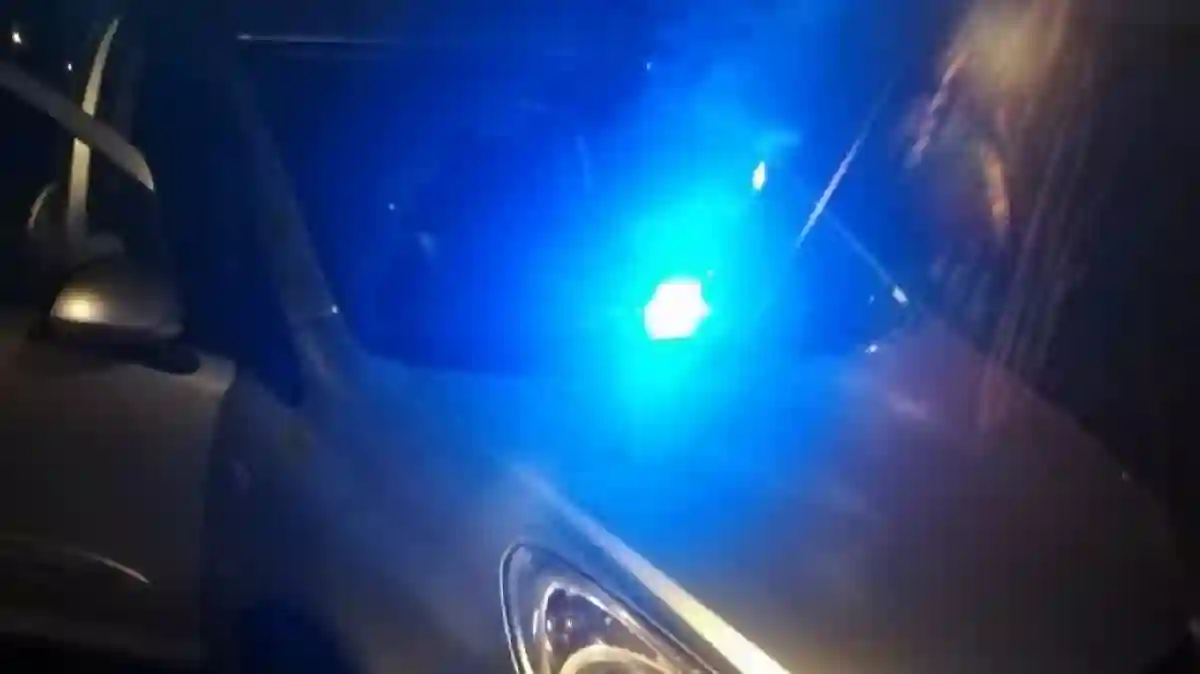
Truck hijackers must get your vehicle to stop so that they can interact with and threaten or force you to do what they want so that they can steal either the truck and or its load.
There are so many ways they achieve this including this list of 20 top tricks they employ to get you to stop.
It’s important for truck drivers to know beforehand, how criminals operate so that you can always be vigilant for pointers.
1. Pretend to Have Vehicle Issues: Hijackers may simulate vehicle problems and stop trucks or cars, appearing in distress and asking for assistance. Truckers should be cautious when encountering such situations and assess them carefully.
2. Create Fake Accidents: Criminals might stage accidents between vehicles or pedestrians, making it seem like an emergency. They will then request assistance from passing drivers, including truckers.
3. Claim Chasing by Criminals: Hijackers might claim they are being pursued by criminals and ask for a ride away from the scene. This tactic aims to exploit the driver’s willingness to help in a potentially dangerous situation.
4. Simulate Medical Emergencies: Criminals may create a false medical emergency and request assistance from truckers or other drivers. It’s essential to verify the situation before offering help.
5. Fabricate False Accidents and Incidents: Hijackers may create fabricated accidents, incidents, or road closures to divert and control truckers’ routes. Drivers should stay updated on road conditions and question unexpected roadblocks.
6. Falsely Claim a Collision: Criminals might claim that the truck has collided with their vehicle, requesting the truck to stop. This tactic is used to get the driver to exit the vehicle and assess the damage.
7. Tampering with the Trucks’ Air Brake System: Criminals may tamper with the air brake system of trucks, causing malfunctions and forcing the vehicle to come to a halt. Truckers should be wary of people who try to climb on the truck while climbing hills or anywhere for that matter.
8. Mislead About Road Closures: Criminals might falsely claim that a route is closed and direct the truck onto an alternative route, leading them into an ambush or the hands of a hijack group impersonating authorities or emergency services.
9. Impersonate Police or Traffic Officers: Hijackers may impersonate law enforcement or traffic officers and conduct a routine vehicle stop, requesting the truck to pull over. Truckers should verify the officers’ credentials and call the local police station if in doubt.
10. Allege Vehicle Defects: Criminals may claim defects on the truck and threaten to impound it, attempting to intimidate or manipulate the driver.
11. Use of Violence: In some cases, hijackers may resort to physical violence to force the driver to stop. It’s crucial for truckers to prioritize their safety and assess the situation carefully.
12. Point Firearms or Use Firearms: Criminals may brandish firearms or use them to intimidate the driver, compelling them to pull over or exit the vehicle.
13. Barricade Roads: Hijackers might use objects to block the road, potentially causing damage to tires and the truck’s body upon collision. Truckers should be cautious of blocked roads and assess the situation from a distance.
14. Forceful Collisions: Criminals may crash into the truck or car intentionally to force a collision and stop the vehicle.
15. Drop Heavy Objects from Structures: Hijackers may drop heavy items from overhead structures onto the road, creating obstacles and forcing vehicles to stop.
16. Explosives on Roadway: In extreme cases, criminals may use explosives on the roadway to stop vehicles. This is a highly dangerous situation, and truckers should exercise extreme caution and immediately report any suspicious devices.
17. Strangers at Crash Scenes: Criminals may linger at scenes of crashes or create long queues on roads, potentially exploiting the chaos and confusion to their advantage.
18. Front as Construction/Authorities: Hijackers might pose as construction or authorities involved in clearing a crash scene. Truckers should verify the legitimacy of such operations.
19. Bright Lights: Criminals may shine very bright lights at the driver to disorient them and force them to stop. Truckers should exercise caution when encountering blinding lights and take measures to ensure their safety.
20. False Instructions from Depot/Route Management: Criminals may intercept communication between the trucker and their depot or route management, providing false instructions to deviate from the planned route. Truckers should always verify instructions and routes through official channels to avoid falling into a potential trap set by hijackers.
21. Blame Another for the Collision: Hijackers could blame someone else for causing a collision with the truck or car, attempting to manipulate the situation to their advantage.
By being aware of these tactics and staying vigilant, truckers can better protect themselves and their cargo while on the road. It’s important to prioritize safety and use good judgment when faced with unexpected situations.





